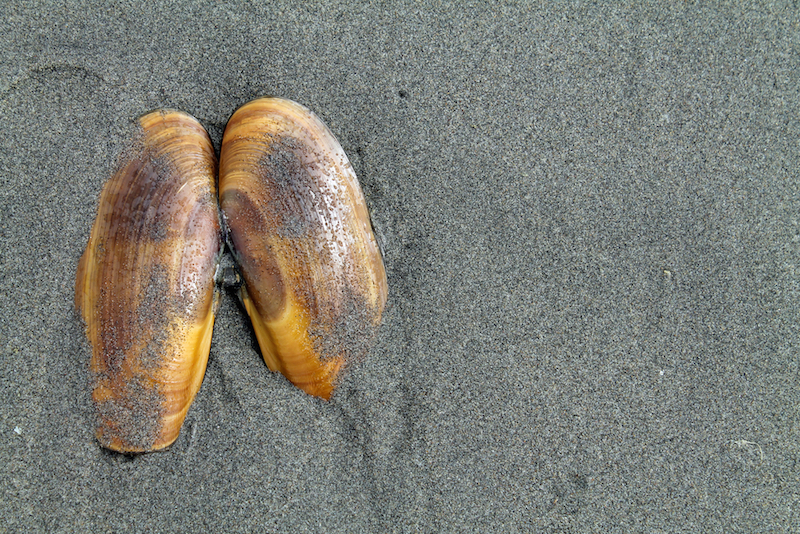Warmer Waters Linked to Higher Levels of Shellfish Toxin

As the Earth warms up, you may want to lay off the shellfish: Warmer ocean waters are linked to increased — and possibly dangerous — levels of domoic acid, a toxin in shellfish and other marine animals that can make people sick, a new study finds.
Researchers looked at more than two decades' worth of data, from 1991 to 2015, and compared ocean water conditions off the Oregon coast (using measures of climate variability such as the Pacific Decadal Oscillation (PDO), which looks at factors including not only temperatures but also ocean current) with the levels of domoic acid in Oregon's razor clams (Siliqua patula). [7 Foods You Can Overdose On]
The results showed that in the years when the climate was warmer — including years with higher ocean temperatures and changes in ocean currents — the levels of domoic acid in the razor clams were higher, the researchers said in a statement fromOregon State University. Specifically, the researchers' analysis of the data from this period showed that the five years with the highest levels of annual domoic acid were also the five years with the warmest ocean conditions.
Domoic acid is a neurotoxin. The compound is produced by marine algae, and accumulates in animals that consume that algae, at increasingly higher levels up the food chain. People who ingest it can develop a neurological disorder called domoic acid poisoning (DAP), also referred to as amnesic shellfish poisoning, which involves symptoms such as stomach pains, diarrhea, seizures, numbing of the face, memory loss and, in rare cases, death.
Domoic acid was first identified as a health threat in 1987, and levels of it have been monitored along the United States' western coast since 1991. Humans generally develop DAP after ingesting shellfish or anchovies; cooking or freezing the fish or shellfish does not lower the compound's toxicity. To help guard against this risk, agencies such as the Oregon Department of Agriculture monitor the domoic-acid levels of shellfish every two to four weeks, and suspend shellfish harvesting if they find that the level of domoic acid in shellfish tissue exceeds 20 parts per million.
As of 2016, just over 70 percent of the approximately 1,500 razor clams sampled in Oregon since 1992 had domoic-acid levels below 20 parts per million, Morgaine McKibben, lead author of the paper and a doctoral student at Oregon State University, told Live Science.
Oregon has seen no deaths or documented sicknesses related to domoic acid, as standard testing has prevented the harvesting of toxic shellfish, said study co-author Matthew Hunter, a researcher at the Oregon Department of Fish and Wildlife. [Top 5 Ways to Reduce Toxins in Homes]
Sign up for the Live Science daily newsletter now
Get the world’s most fascinating discoveries delivered straight to your inbox.
In the study, the researchers also created a model that tracks climate conditions in an effort to predict large increases in the levels of the toxin. The researchers plan to make the model freely available in order to help authorities make important management decisions about fishing areas in Oregon, Washington and California, they said.
However, the researchers noted in the study that, even though testing showed that their model is strongly predictive of when an increase will occur, it might still generate false positives, or occasionally miss a domoic-acid event.
But even still, "this is a significant study," Judith McDowell, a senior scientist and associate dean at Woods Hole Oceanographic Institution who was not involved in the research, told Live Science.
Ultimately, McDowell said, the model could help reduce the public health risks by alerting agencies when shellfish are dangerous for human consumption.
"The biggest takeaway is that the ocean temperatures are changing, and that has the potential for more frequent and more extreme harmful algal blooms that have significant implication[s] [for] not only fisheries but also natural resources and human health," Hunter told Live Science.
Originally published on Live Science.










